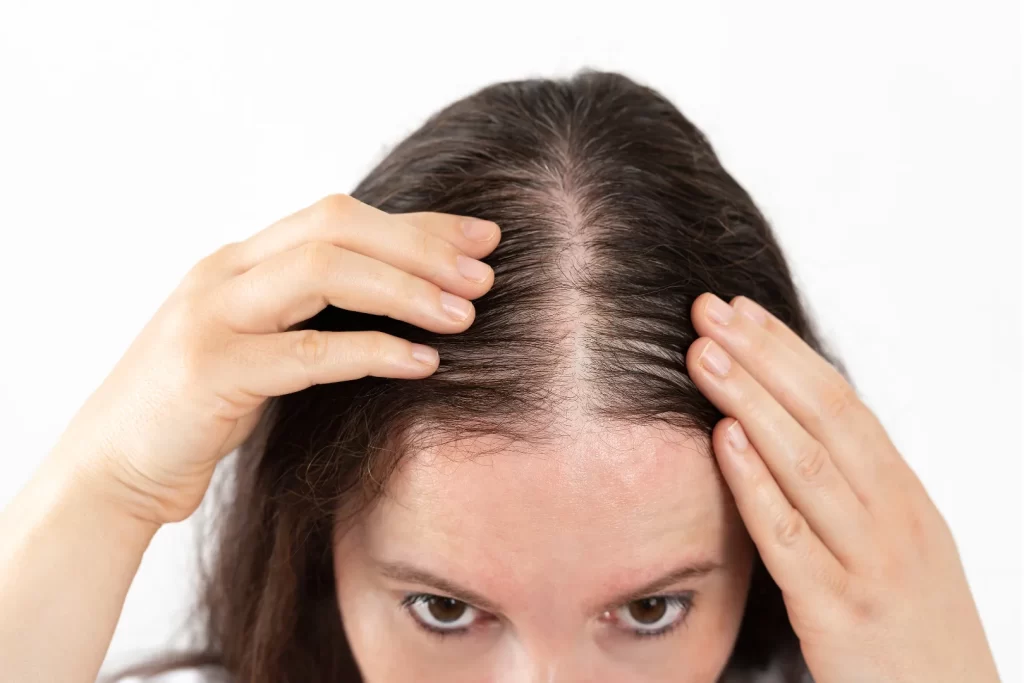Hair Transplant Healing Redefined: The Power of Innovation and Technology
The landscape of cosmetic procedures has dramatically evolved over the past two decades, but perhaps no field has seen such an impressive transformation as hair restoration. Hair transplants, once considered risky or unnatural-looking, have now become a highly sophisticated, safe, and effective solution for those suffering from hair loss. What truly sets the modern approach apart is how innovation and technology have redefined not just the procedure itself, but the healing process that follows. With the latest tools and techniques, patients no longer have to endure long, painful recovery periods. The focus has shifted to comfort, speed, and outstanding cosmetic results.
Unlike traditional methods that often led to scarring, infections, and unnatural hair growth patterns, today’s procedures are far more precise. In a metropolitan hub like Pakistan’s most populous city, options for hair restoration have expanded rapidly. If you're considering a hair transplant in Karachi, it's worth understanding how cutting-edge practices are reshaping the entire healing journey and delivering results that were once thought impossible.
From Pain to Precision: Minimally Invasive Methods
One of the biggest game-changers in hair transplant surgery has been the shift from invasive strip surgeries to minimally invasive procedures such as Follicular Unit Extraction (FUE) and Direct Hair Implantation (DHI). These techniques focus on extracting individual hair follicles and implanting them with unmatched accuracy. This precision doesn’t just improve the final look—it reduces trauma to the scalp and dramatically shortens the healing time.
The role of robotics and automation in this shift cannot be overstated. Advanced robotic systems can now assist in harvesting hair follicles with microscopic accuracy, eliminating much of the manual guesswork. The result is a smoother, more efficient operation with reduced risk of error and damage to surrounding tissues.
Patients who once feared the lengthy, painful healing process can now return to daily life within days. There's less swelling, reduced scabbing, and, most importantly, minimal discomfort. Innovation here isn’t just about technology—it’s about empathy for the patient experience.
Regenerative Medicine: Fueling Faster Recovery
Another significant advancement in hair transplant healing is the integration of regenerative medicine techniques. Platelet-Rich Plasma (PRP) therapy is a key example. After the transplant, PRP injections use the patient's own blood components to accelerate tissue repair, promote new hair growth, and reduce inflammation. The growth factors released through PRP stimulate healing at a cellular level, making the recovery more efficient and the results more robust.
Stem cell therapies, still in their early stages, are also being researched for their ability to enhance follicular regeneration. These cutting-edge treatments may soon become mainstream, promising even faster recovery and greater follicle survival rates.
Together, these regenerative approaches are helping the scalp recover not just faster, but healthier—ensuring that the transplanted follicles grow strong and natural-looking hair for years to come.
Smart Monitoring and AI in Post-Op Care
The post-operative period has traditionally been one of uncertainty. Patients were often left guessing whether their healing process was on track or if complications were brewing. Today, artificial intelligence and mobile technology are changing that narrative.
With smart scalp imaging and AI-based monitoring apps, patients can now track their recovery with real-time updates. Clinics can receive instant feedback, detect potential issues early, and adjust aftercare instructions accordingly. These tools not only improve transparency but also build trust between patients and doctors. The healing journey becomes a partnership supported by digital insights.
AI doesn’t just monitor healing—it can predict outcomes based on patient profiles, ensuring a more customized treatment and recovery plan. This personalization of care is one of the most powerful applications of modern tech in hair restoration.
The Psychological Impact of Faster, Cleaner Healing
Beyond the physical benefits, modern healing techniques are transforming the psychological experience for patients. Hair loss can be emotionally devastating, and the journey to restore it often involves vulnerability and stress. Faster, smoother healing can significantly boost a patient’s confidence during recovery.
Being able to return to work, socialize, or simply look in the mirror without obvious signs of surgery within a short period can make all the difference. The emotional burden is lighter, and the focus shifts toward celebrating the transformation rather than enduring the recovery.
Advanced techniques also reduce the likelihood of complications, which can be mentally taxing for patients. Knowing that the tools and methods used are cutting-edge provides a sense of reassurance and optimism—essential components in any healing process.
Looking Ahead: What the Future Holds
The future of hair transplant healing lies at the intersection of biotechnology, artificial intelligence, and personalized medicine. We’re moving toward a world where healing could be entirely managed through biological stimulation—where the need for human intervention during recovery is minimal.
Nanotechnology might soon be used to deliver medications or growth factors directly to the follicle site. Virtual consultations will evolve with augmented reality to guide patients through aftercare procedures step-by-step, reducing confusion and error.
Machine learning algorithms are being developed to analyze large datasets of transplant outcomes to help surgeons refine their techniques and predict the best course of treatment for new patients. Healing, in this context, will not only be about fixing what’s lost—it will be about proactively optimizing future results.
The innovation happening in this space is not just enhancing healing—it’s making hair restoration more accessible, more effective, and more human-centered.
Conclusion: A New Era of Hair Transplant Recovery
Hair transplant healing is no longer a passive process marked by waiting and uncertainty. Thanks to innovation and technology, it's now an active, optimized experience driven by precision, speed, and care. From robotic-assisted surgery to regenerative medicine, AI monitoring, and smart aftercare, patients are now empowered like never before.
For those exploring hair restoration options, this is a promising time. Whether you're drawn by the aesthetics, the confidence boost, or the technological marvel of it all, one thing is clear: the journey of healing after a hair transplant has been redefined—and it’s only getting better.



Comments
Post a Comment